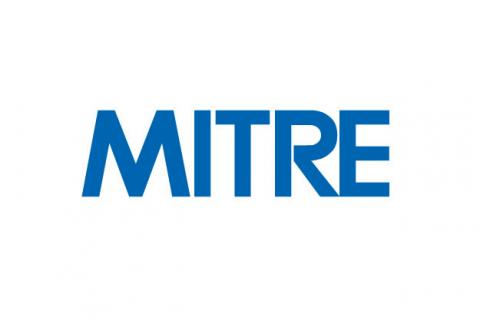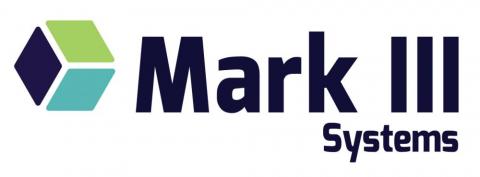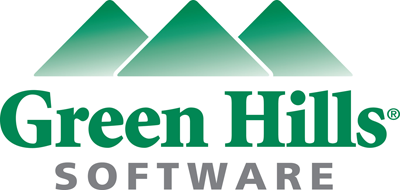Sunday, September 8 — 3:00 PM - 6:00 PM
Avionics - I Track
SAE ARP4761 “Guidelines and Methods for Conducting the Safety Assessment Process on Civil Airborne Systems and Equipment” describes guidelines and methods for performing safety assessments associated with showing compliance with aeronautics and space certification requirements of 14CFR/CS 2X.1309 and 33.75. Safety assessments are an essential part of aircraft/system development process. This ARP represents industry best practice and is formally recognized by numerous National Airworthiness Authorities (NAAs), Military Airworthiness Authorities (MAAs), FAA and EASA. The safety assessment process is of fundamental importance in establishing appropriate safety objectives and requirements for the aircraft and its systems, and in determining that the designs satisfy these objectives and requirements.
SAE ARP4761 safety assessments are described as an integral process in ARP4754A “Guidelines for Development of Civil Aircraft and Systems”. There are fundamental relationships between safety assessments and the system development processes. This tutorial provides attendees with the knowledge to understand and apply the basic safety assessment techniques, as well as understanding the interaction between safety processes and the overall aircraft or system development processes. Although ARP 4761’s context is commercial aircraft, its techniques are also applicable to safety assessment of ground or space vehicles.
This tutorial will cover a selection of topics relating to ARP4761, such as:
- Definitions of Key Safety-Related Terminology
- Interaction Between the Safety Assessment Processes (ARP4761) and the Aircraft/System Development Processes (ARP4754A)
- Functional Hazard Assessment (Aircraft/System level FHA)
- Preliminary System Safety Assessment (PSSA)
- Fault Tree Analysis (FTA) and Dependency Diagram (DD)
- Common Cause Analysis (CCA)
- Particular Risks Analysis (PRA),
- Zonal Safety Analysis (ZSA),
- Common Mode Analysis (CMA)
- Failure Modes & Effects Analysis (FMEA)
- Failure Modes & Effects Summary (FMES)
- System Safety Analysis (SSA)
Attendees will receive a free copy of AFuzion’s proprietary whitepaper “Avionics Systems & Safety Analysis”.
Attendees may include systems or safety engineers, managers, software/hardware engineers, quality assurance or certification personnel; no prior expertise required.
Mr. Vance Hilderman is Afuzion’s director of Avionics Certification. Holding a BSEE and MBA from Gonzaga University, and a Masters in Computer Engineering from USC (Hughes Fellow). Mr. Hilderman was previously the co-founder of TekSci (the world’s largest avionics software services company in the ’90’s), HighRely, and now AFuzion – performing technical avionics software/certification development at companies throughout the world.
Mr. Hilderman has focused on safety-critical avionics software, systems, hardware development and related technical products for 25 years. Considered an expert on safety critical software/computer systems and certification, Mr. Hilderman has consulted with ninety five of the world’s one hundred largest aerospace companies plus numerous medical, industrial and telecommunications entities Mr. Hilderman has trained over 17,600 avionics engineers and managers in 40 countries on DO-178B, ARP-4754, DO-178C, DO-254, DO-200A, DO-297, and safety/software development.
Mr. Hilderman is the principal author of dozens of technical whitepapers and avionics training protocols, plus the world’s best-selling book on avionics development/certification, published by Avionics Communications and titled “Avionics Certification – A Complete Guide …”; all royalties are donated to the Boy Scouts of America where Mr. Hilderman and two of his sons are Eagle Scouts. Mr. Hilderman will soon be publishing his next book to be titled “The Avionics Development Ecosystem” published by Afuzion Press.


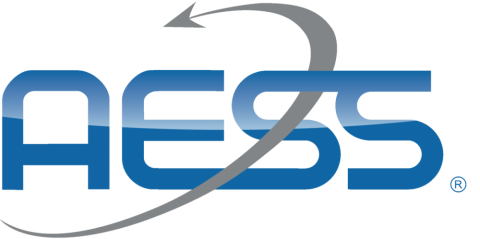
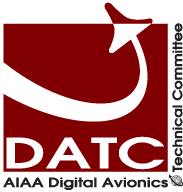

.png)


